
A formula of natural ingredients based on scientific evidence also containing the components of normal cartilage.
Our concept:
Learn more >

A formula of natural ingredients based on scientific evidence also containing the components of normal cartilage.
Our concept:
Learn more >
Designed from
the perspective
of a clinician
for continuous and
safe use.
Neocartil™ can be taken continuously in the long term. The dosage does not need to be suspended periodically.
Learn more about the dosage of Neocartil™. >
Designed from
the perspective
of a clinician
for continuous
and safe
use.
Neocartil™ can be taken continuously in the long term. The dosage does not need to be suspended periodically.
Learn more about the dosage of Neocartil™. >
Freedom of
movement
most of the time
we only appreciate it when we lose it!
Learn more,
who Neocartil™ is recommended for.>
Freedom of
movement
most of the time
we only appreciate it when we lose it! Learn who Neocartil™ is recommended for.
Learn more
who Neocartil™ is recommended for.>
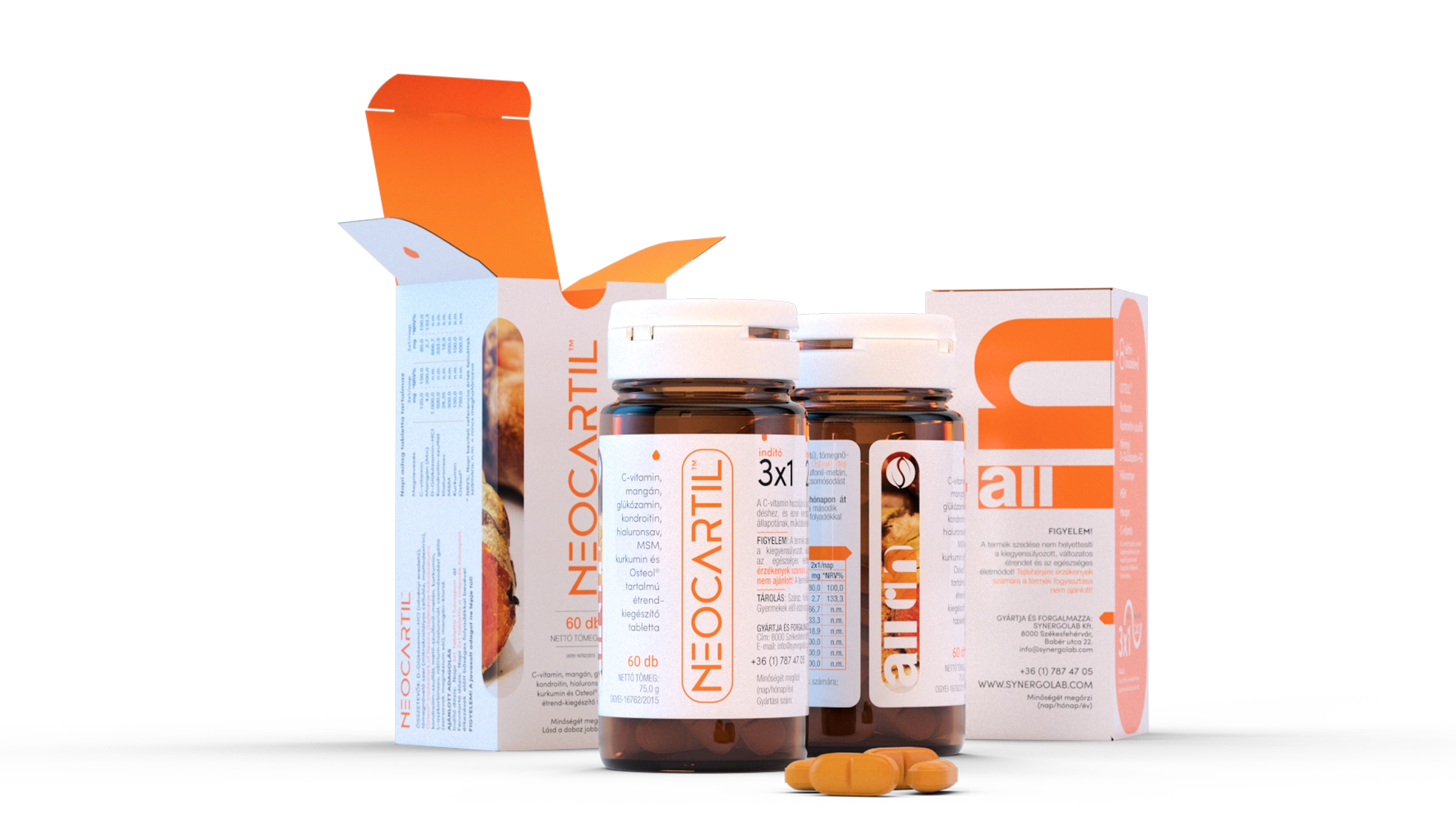
Ingredients
read detailed information about
the ingredients of Neocartil™ below

Osteol™ was developed by Nexira Health of Switzerland from bioactive milk proteins.
This innovative, scientifically-backed product has been designed to improve the efficacy of glucosamine + chondroitin mixtures commonly used in joint preparations. 1
The research results reported by the manufacturer show that Osteol™ can boost the preservation of cartilage cells. 1 Furthermore, besides maintaining efficacy, the amounts of the conventional active ingredients, such as glucosamine and chondroitin, can be reduced substantially. These claims are based on the results of numerous in vitro and in vivo studies. 2
Preserving chondrocytes 1
In a clinical trial carried out by Nexira Health, the addition of Osteol™ increased effectiveness from 25% to 95% compared to the usual D-glucosamine + chondroitin combination.
In vitro test: Evaluating the effect of Osteol™ by testing the survival of cartilage cells exposed to stress

D-glucosamine
+ chondroitin
Almost 95%
cartilage cell protection
thanks to Osteol™1

D-Glucosamine
+ chondroitin
+ Osteol™
Thanks to Osteol™, nearly 95% of cartilage cells exposed to stress escape apoptosis compared to the combination of D-glucosamine + chondroitin with the same concentrations of the active ingredients (1.01 g/ml), where this value was only 25%.
These results, confirmed by other tests conducted on similar models, prove the exceptional properties of Osteol™. 1
Active dose reduction2
In another clinical trial conducted by Nexira Health, thanks to Osteol™, D-glucosamine concentrations could be radically reduced without diminishing the effect.
In vitro test: The relationship between Osteol™ and D-glucosamine, by studying the survival of cartilage cells exposed to stress
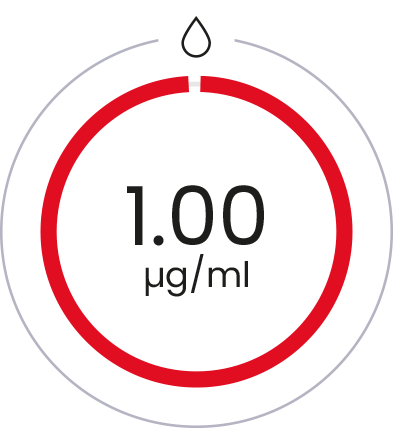
D-glucosamine
alone

Same effectiveness with 50 times lower doses

D-glucosamine
+ Osteol™

Scientific studies have demonstrated that the synergistic effect of Osteol™ correlates with the ratio of Osteol™ to D-glucosamine. 1
CURCUMIN
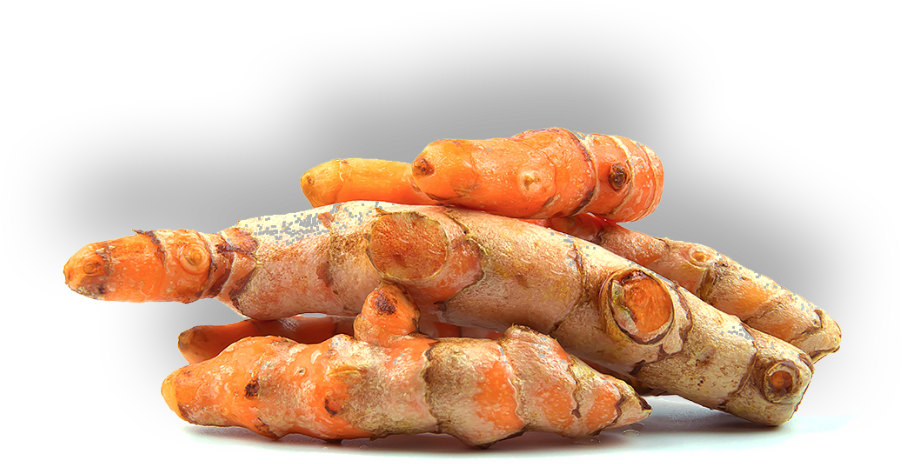
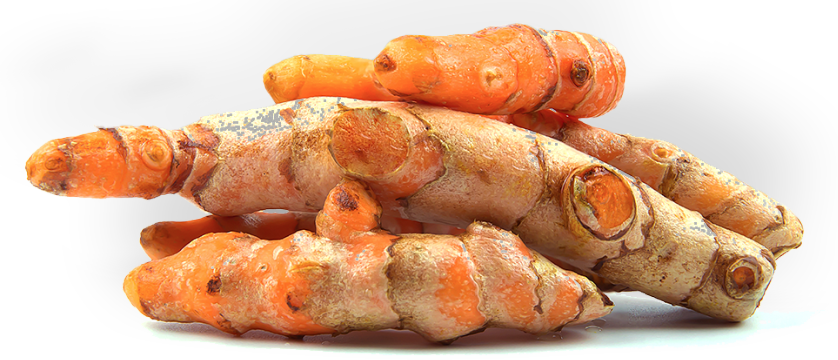
Curcuma longa is an Indian spice plant, the root stem of which is ground to produce turmeric, the spice that imparts a yellow colour to Indian food. Also known as saffron of India or saffron of the poor, this flavouring has long been used in Ayurvedic medicine due to its anti-inflammatory properties.
The spice extract itself is a mixture of the three curcuminoids (curcumin: 77%, demetoxicurcumin: 18%, bisdemetoxicurcumin: 5), essential oils, proteins, sugars and resins. Curcumin is the primary active ingredient in the mixture.
Curcumin, which has been used in traditional Indian medicine for thousands of years, has also been recognised in modern medicine as a potential active pharmaceutical ingredient.
Curcumin has a broad spectrum of applications due to its ability to interact with numerous molecular targets involved in the inflammatory process. Based on all these data, the European Food Safety Authority (EFSA) has included in its list under number 2030 the health claim for the anti-inflammatory, antioxidant effect of curcumin, which currently has on-hold status. EFSA 2030
chondroitin - sulfate
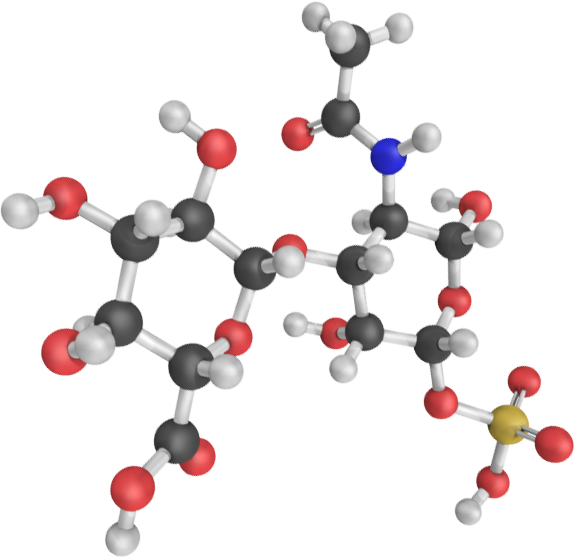

The cartilage tissue that covers the joint surfaces is composed of cartilage cells and large amounts of intercellular material produced by the cells. This intercellular matrix determines the mechanical properties of cartilage (friction coefficient, elasticity, resistance). Cartilage cells stop dividing after growth is complete, but continue to produce the large molecules that make up the intercellular material. These compounds are called proteoglycans, which consist of proteins and sugars and have a high water-binding capacity. Glucosamine sulfate and chondroitin sulfate are two very important components of the intercellular matrix of cartilage tissue.
Chondroitin sulfate has the distinctive property of being able to bind water in even larger quantities than glucosamine. With ageing, or in degenerative processes of cartilage tissue, the chondroitin sulfate content of cartilage decreases appreciably, which results in a deterioration of capacity to bind water, leading to a loss of elasticity. This process can then lead to the development of micro-injuries under stress, which can trigger further degradation processes in the cartilage tissue.
The results of experiments have proven that orally administered chondroitin sulfate is safe and is absorbed well.
vegetable glucosamine
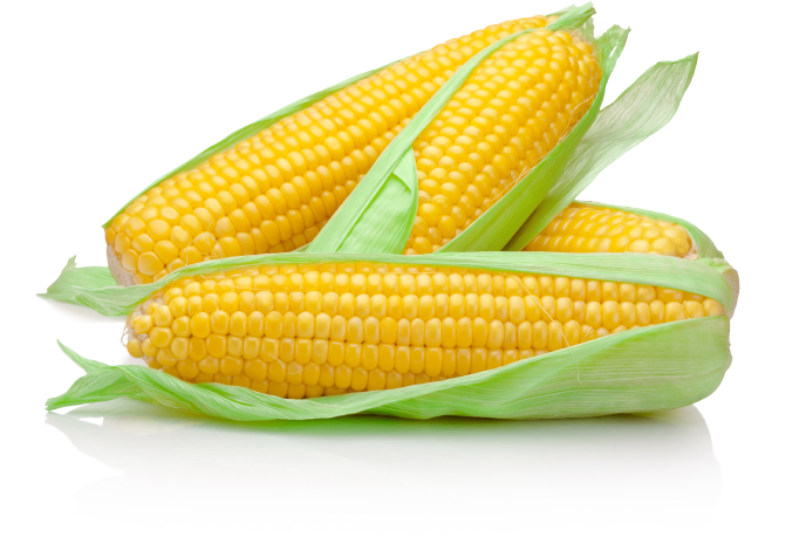
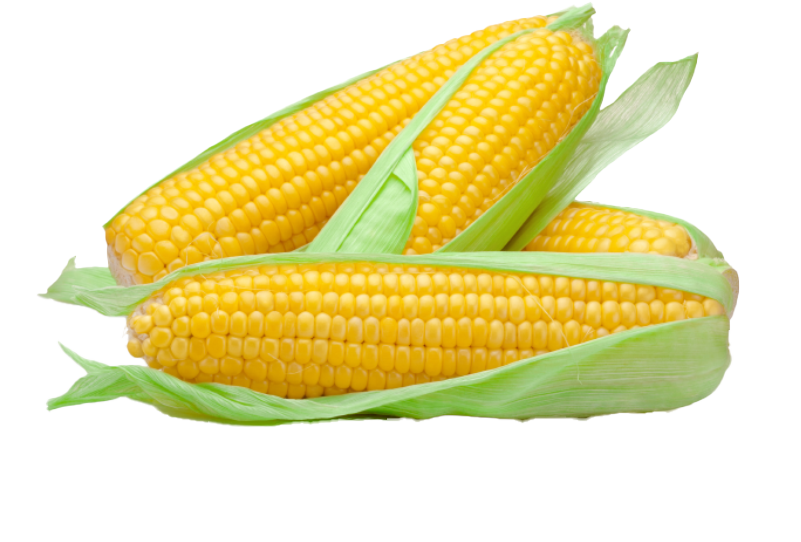
Cartilage, a tissue very poor in cells, contains only 1 to 2% of cartilage cells. The rest is made up of extracellular material produced by the cartilage cells. The function of this intercellular material is to keep the cartilage covering the joint surfaces flexible. It does this by containing elastic fibres, such as collagen, to which proteoglycans are attached. Each glucosamine molecule binds 2 or 3 water molecules to itself, forming the intercellular water spaces that are in fact responsible for the elasticity of cartilage. However, glucosamine not only plays a static role – ensuring the elasticity of a specific tissue type – but also acts as a nutrient in the metabolic process, hence some of it is continuously used up.
With glucosamine of animal origin, for instance from bovine, porcine or chicken cartilage, manufacturing processes that do not follow the regulations fully may contaminate the raw material with animal tissues, thereby posing a high risk of transmitting infection. If glucosamine is derived from crustaceans, shellfish or fish, sensitive individuals may develop allergic symptoms. The maize-derived glucosamine sulfates used in Neocartil™ are free from such hazards.
hyaluronic acid
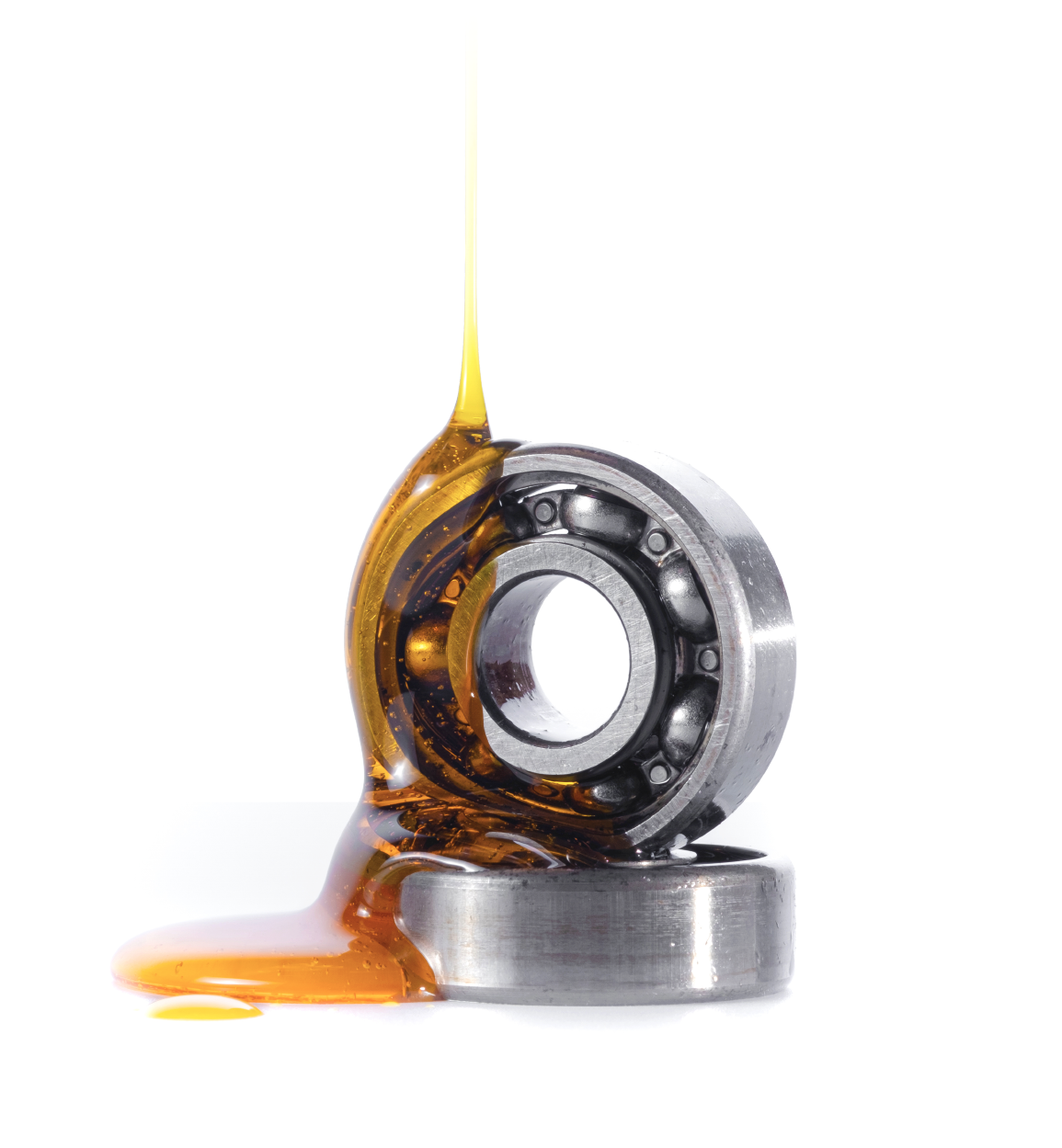
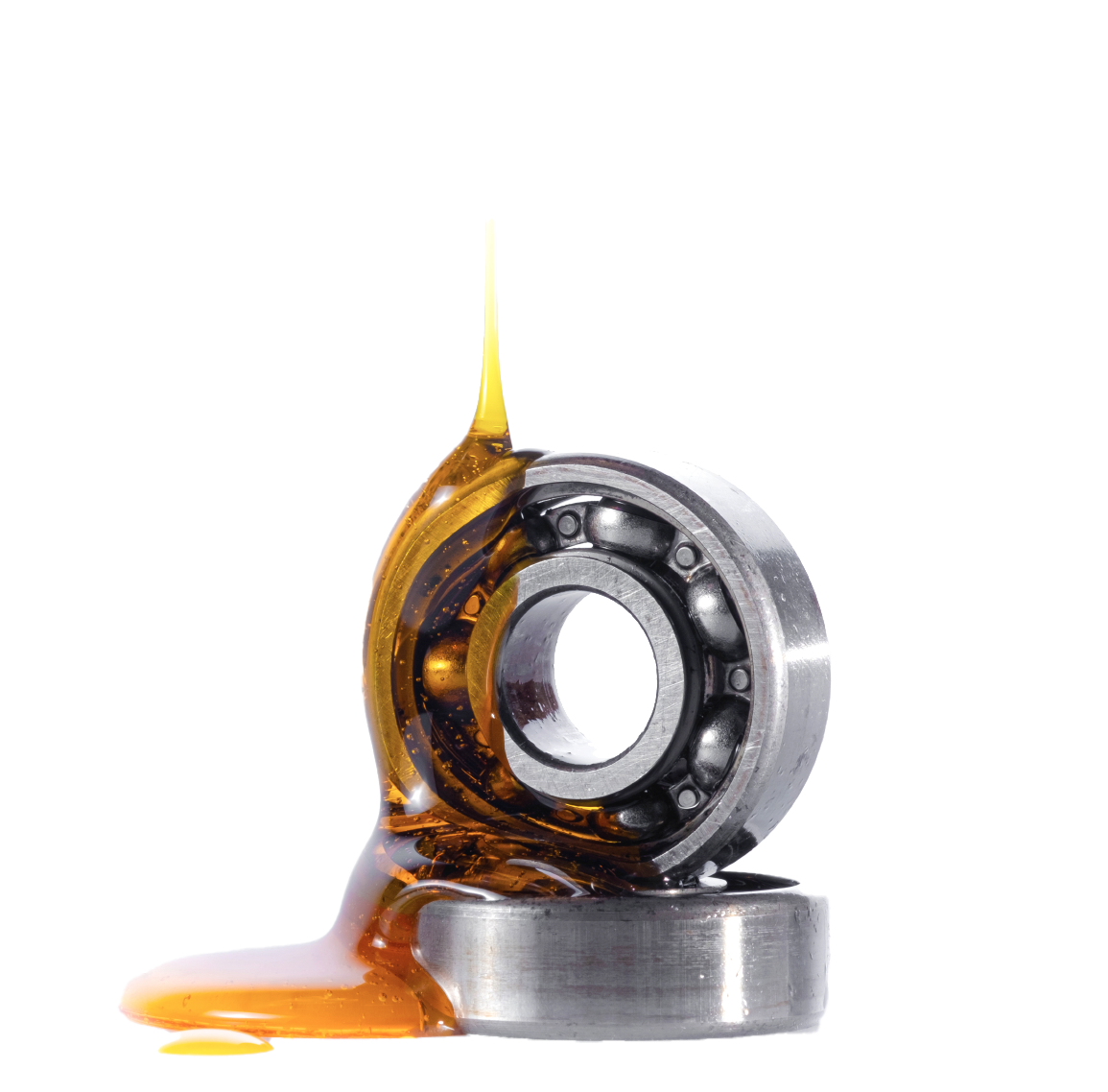
One of the most important components of synovial fluid is hyaluronic acid, which is produced by synovial cells. This acid is present throughout the body and is very important for joints, as it makes joint cartilage elastic and flexible, and provides viscosity for the synovial fluid. Synovial fluid also contains other glycoproteins, e.g. lubricin, which are produced by the cells of the synovial membrane.
Hyaluronic acid belongs to the group of glycosaminoglycans. Its chemical structure was determined in the 1950s. A special property of hyaluronic acid is its ability to bind large amounts of water, more than a thousand times its own mass. As the body ages, the production of hyaluronic acid declines, which can lead to a decrease in viscosity and the dilution of the synovial fluid. Similar processes take place in osteoarthritis. During inflammation, the breakdown of hyaluronic acid is accelerated by the production of degradative enzymes or reactive oxygen species, thus reducing the viscoelasticity of the synovial fluid.
MSM


MSM is a sulfur carrier that occurs in large quantities in the human body. It is also known as organic sulfur. It is mostly found where sulfur-containing amino acids are present, forming proteins and various enzymes. MSM is an essential component of the cell membrane, and is present in immune system proteins, connective and epithelial tissues, as well as supportive tissues, including cartilage tissue.
Manganese
Manganese is a mineral that is involved in metabolic processes. The human body contains 10-40 mg of manganese and the daily requirement is 1 mg. Common symptoms of manganese deficiency are knee pain, dizziness, hearing impairment and poor balance. An antioxidant metal, it is an important component of the superoxide dismutase enzyme system. Manganese helps maintain normal bone structure, form connective tissue normally and protect cells against oxidative stress. EFSA
Vitamin C
Apart from its many important physiological roles, vitamin C regulates the synthesis of collagen. Its role is not only to synthesise collagen, but also to maintain the ageing collagen network in the human body. Based on the findings of numerous clinical studies, it has been proved that vitamin C contributes to the normal formation of collagen and thus to maintaining the normal condition and functioning of cartilage. EFSA

Neocartil™ is a registered trademark of SynergoLAB.
Copyright © 2022 SynergoLAB Inc. All rights reserved.